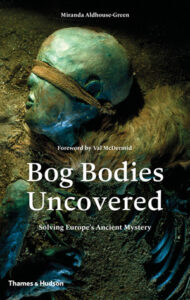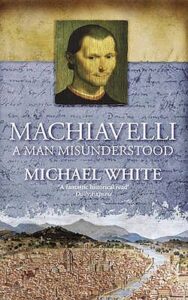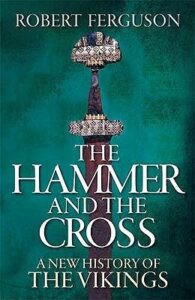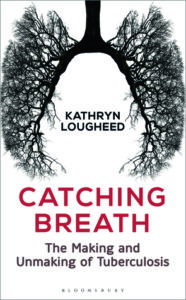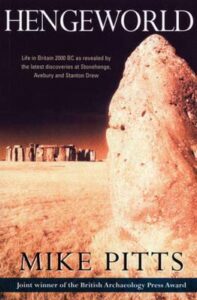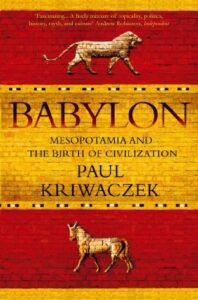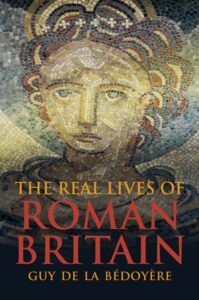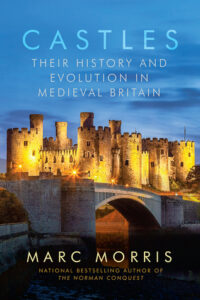 Castles: Their History and Evolution in Medieval Britain, Marc Morris
Castles: Their History and Evolution in Medieval Britain, Marc Morris
If you’re fascinated by castles, then I definitely recommend this book. It’s not just a dry recounting of what castle was built when, but an examination of why castles were built and what they were used for, and what they say about the people who built them. There are some gorgeous photos and ideas for places to visit, but it’s not intended as an exhaustive guide — it focuses on a couple of example castles, rather than talking about every single significant or interesting castle in Britain.
Even better, Morris keeps the tone light, knowing just when to comment wryly or appreciatively about the people and ideas he’s writing about. It’s not just an interesting read in terms of the information given, but an entertaining one too.
Rating: 5/5
Buy this book: Amazon UK | Amazon US | The Book Depository
The above affiliate links, at no extra cost to you, provide a small commission for me if you purchase something.


